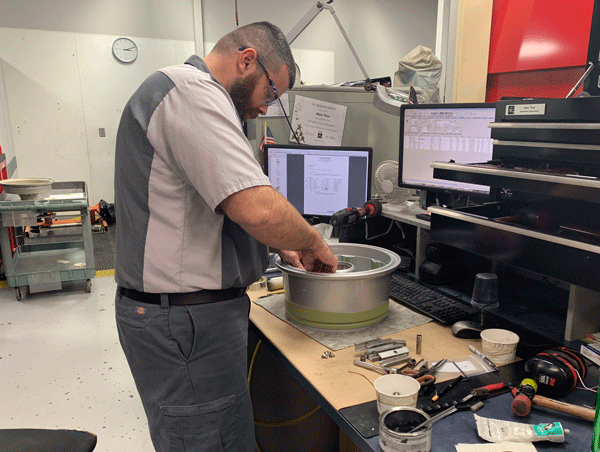When it comes to ICA (Instructions for Continued Airworthiness), the TC (Type Certificate) holder usually provides limits for when certain inspections must be complied with. However, many TC holders refer to OEM intervals when it comes to required inspections on wheels.
Whether directed by the TC holder or OEM, the inspections are generally based on the number of tire changes the wheel has undergone. The inspections range from a simple visual inspection, eddy current of the bead seat, to the full inspection criteria. Sometimes the intervals can seem convoluted, with no consistency on what inspections are done when.

For instance, one OEM mandates eddy current inspections at tire changes 3, 9, 14, 19, and 21, along with full overhauls at tire changes 6, 12, 16, 18, and 20. All other tire changes for this OEM require only a visual inspection.
Another OEM performs eddy current at tire changes 3, 6, 9, 12, 14, 18, and 21, but overhauls at tire change 20 and every other change thereafter.
A specific TC holder requires eddy current at tire changes 5, 10, 15, 20, 23, 26, and 29, with overhaul starting at tire change 30 and continuing every change thereafter.
So, there are myriads of required intervals, but if you aren’t tracking your tire changes, you will be required to comply with the most stringent of the required inspections. That could leave you with unexpected downtime and missed flights waiting for your wheels to be overhauled, when all they probably needed was just a new tire and a visual inspection.
December 2025
December 2025
November 2025
November 2025
October 2025